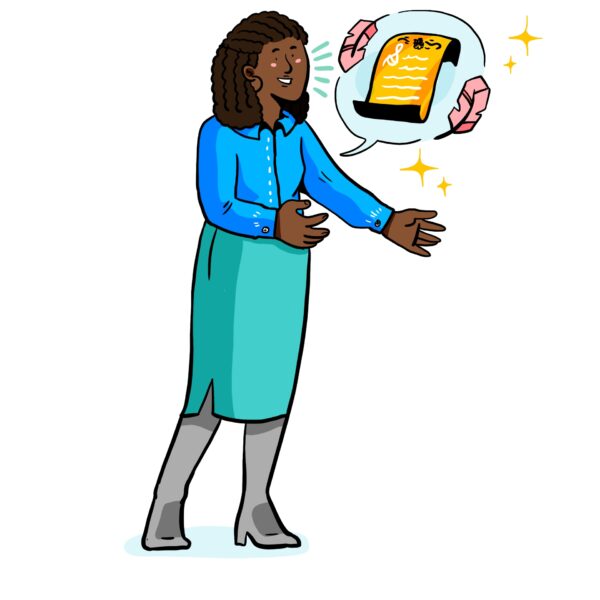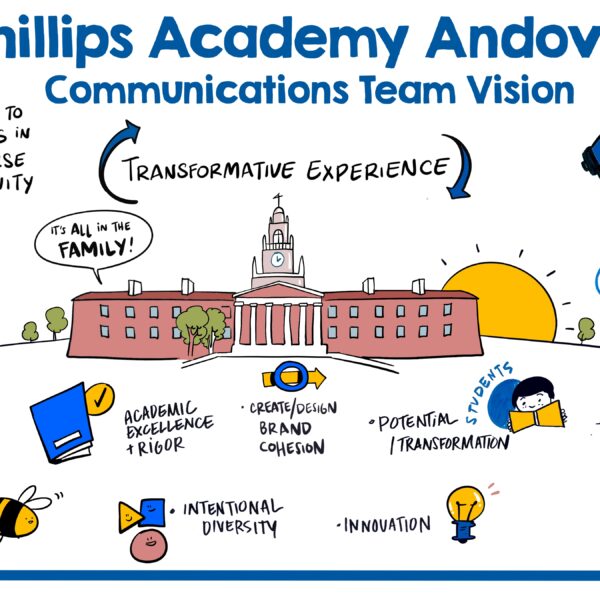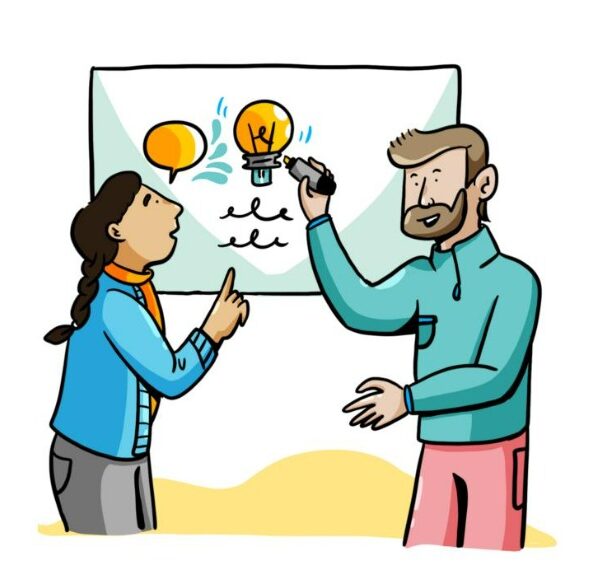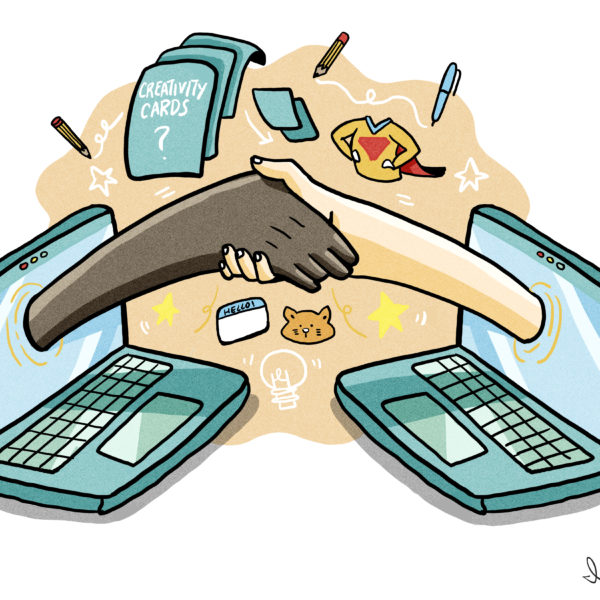The nightmare before the meeting
Have you ever found yourself staring at a blank screen, cursor blinking accusingly, while the word “agenda” looms above like a dark cloud? It’s the nightmare before the meeting, and it happens more often than you think.
In fact, just recently, ImageThink’s Founder and CEO Nora Herting was tasked with designing a workshop for a client in need of a comprehensive strategy to galvanize their team around. Strategy and alignment are common objectives for many clients and are by no means an easy feat to achieve. Yet it wasn’t this that made our client anxious – rather, it was the crafting and distribution of the agenda.
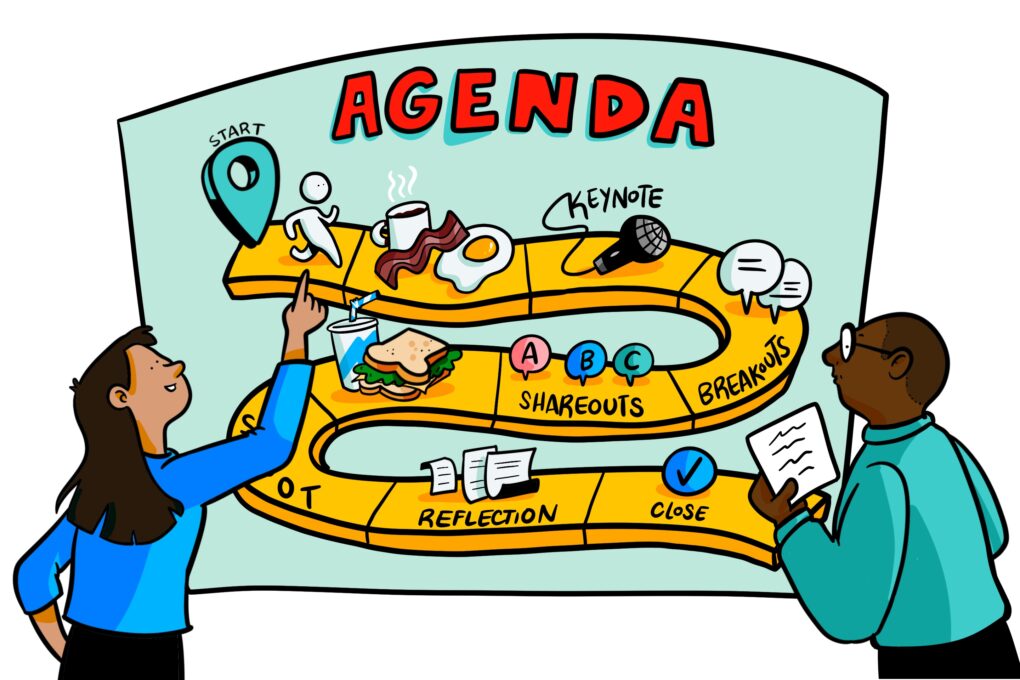
There’s a good reason why the task of creating an agenda in advance of a strategic meeting may feel daunting. Not only do professionals regard it as the first step to a successful meeting, behavioral meeting statistics confirm it is the most important element of any meeting. But notoriously, for a lot of leaders and organizations, meeting agendas fall flat of expectations, and more importantly, in relation to objectives.
Happily, there is a solution to the stress associated with developing an agenda. One that diverges from the outdated, mundane timetables. Unsurprisingly, the solution is visual.
What is a visual agenda?
A visual agenda is an illustrated map of meeting topics and objectives. Unlike your traditional meeting agenda that outlines all activities, exercises, and exact timings, visual agendas focus on the bigger picture. Visual agendas appear as a journey map, leveraging iconography and calculated visualization to link attendees and topics to large meeting and organizational goals.
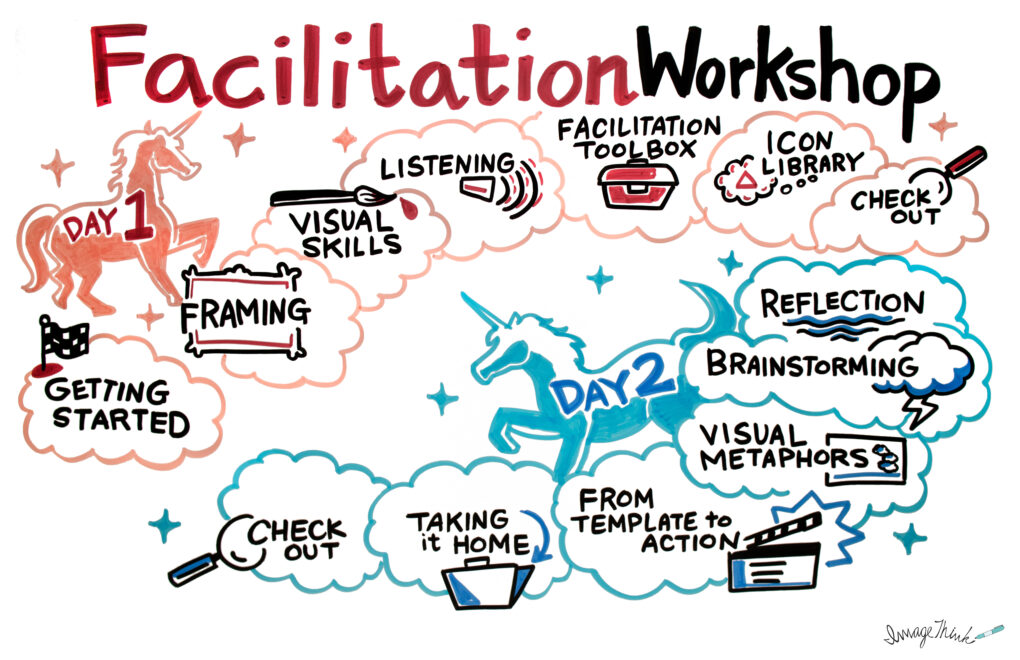
The ImageThink approach to meeting agendas
Many people believe that when you send a meeting invite, it must be paired with a detailed Excel file that accounts for every aspect of the meeting. Rather than getting lost in the minutiae of the meeting itself, visual agendas focus on the bigger picture. ImageThink’s visual agendas are fundamentally different than your typical meeting agenda.
Visual agendas are rooted in the idea that the why is more important than the how. Look. That’s not to say that what happens at 10:00AM or 2:30PM isn’t important. It’s just to say that these are mere steps we must take to get where we need to go. Rather, it’s where we are taking the attendees by the end of the day, and what we aim to accomplish together.
Take a road trip, for example. Gassing up on the way is vital to making it to your intended destination. But it’s your end destination that incentivizes you to keep driving. Instead of itemizing each hour of the day, ImageThink homes in on the workshop’s objectives or desired outcomes – keeping attendees always focused on the bigger picture.
Next – and equally important – we provide a high-level narrative of the day’s flow in what we call a visual agenda. This agenda is a story told in pictures, depicting a journey through stages of the ImageThink Method™. In our visual agendas, meeting attendees are characters in the story. We provide them with a landscape to navigate, and an end goal in sight.
The benefits of a visual agenda
ImageThink’s visual agendas are largely beneficial for all involved meeting parties. Here’s why:
Flexibility for facilitators
A detailed hour-by-hour agenda can be constricting for facilitators and participants alike. It limits a facilitator’s ability to pivot, and more importantly, respond to the dynamic and needs of the group. On the flip side, a visual agenda allows facilitators to adapt to conversations or activities in real time. This level of flexibility prevents attendees from feeling like something has been missed, or that the schedule has strayed off course.
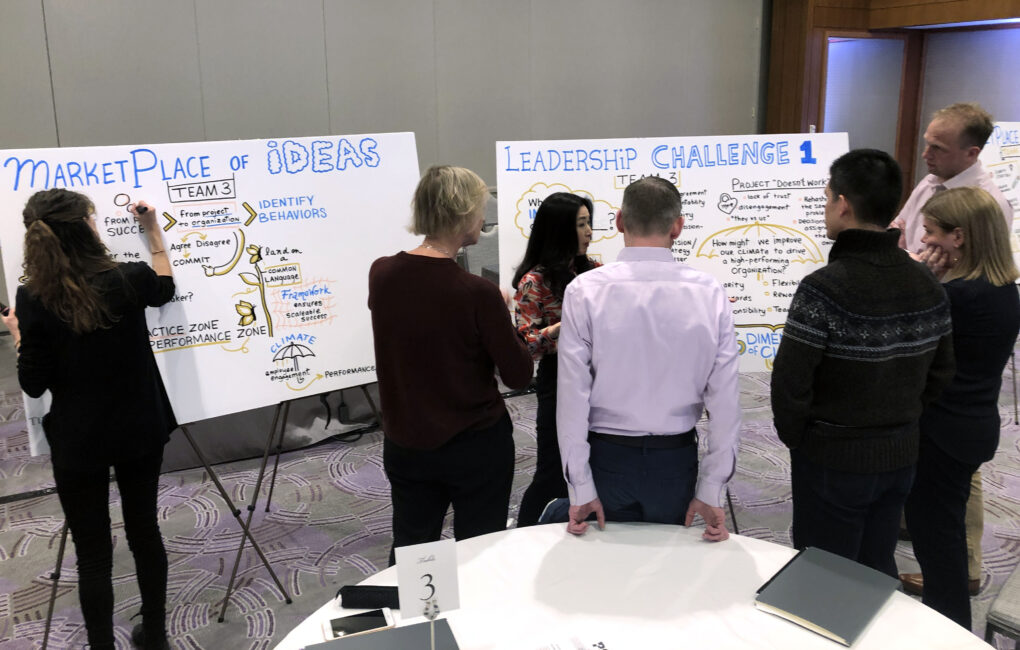
See the big picture
By tying the meeting’s focus to overarching objectives, attendees stay anchored to the meeting’s end goal rather than getting lost in the minutiae. This approach prevents preconceived notions about which parts of the day are valuable, while reducing the likelihood of attendees disengaging or stepping out during sessions.
Enhanced engagement
Unlike the pitfalls of traditional, overly detailed agendas, a visual agenda maintains group orientation and engagement. It keeps the discussion high-level and outcome-focused, ensuring that everyone is invested in the process and journey.
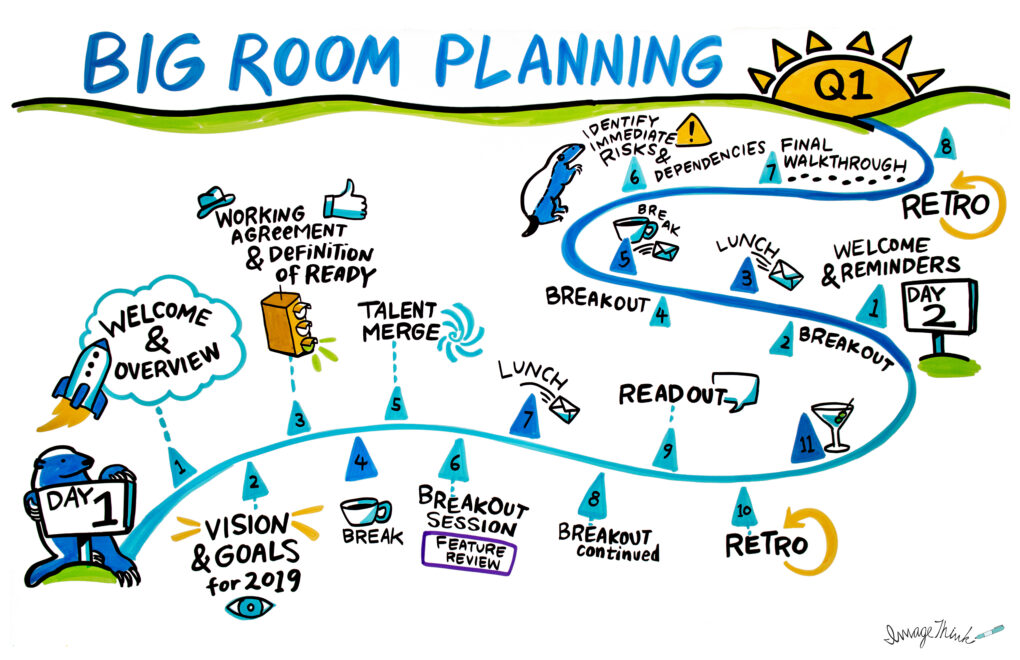
Ditch the timetables. Get visual!
When people can see the big picture, you create meeting experiences that are more dynamic and impactful. If you’re prepping for an upcoming meeting, leverage these tips or get in touch with us today to take the first step towards a successful meeting.
